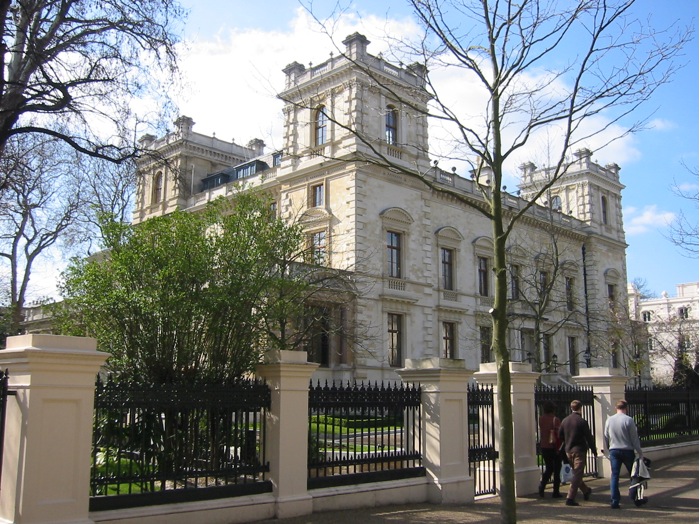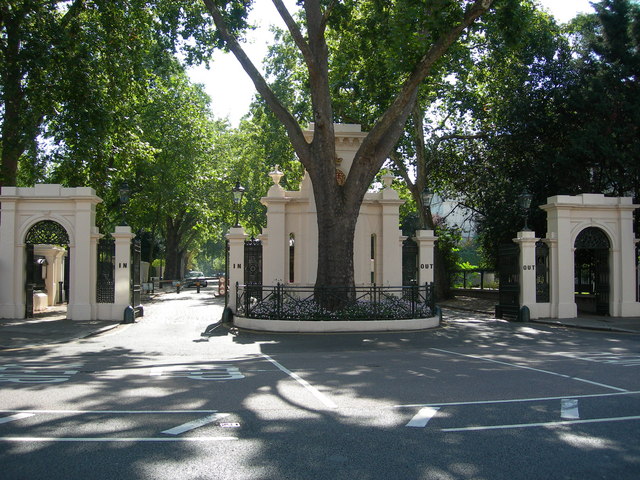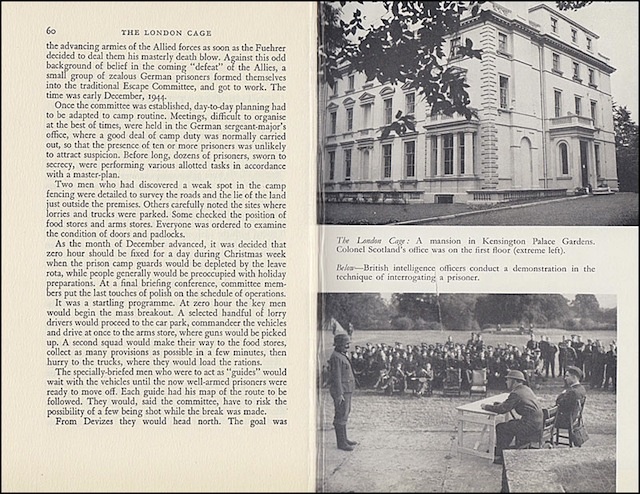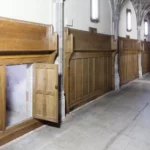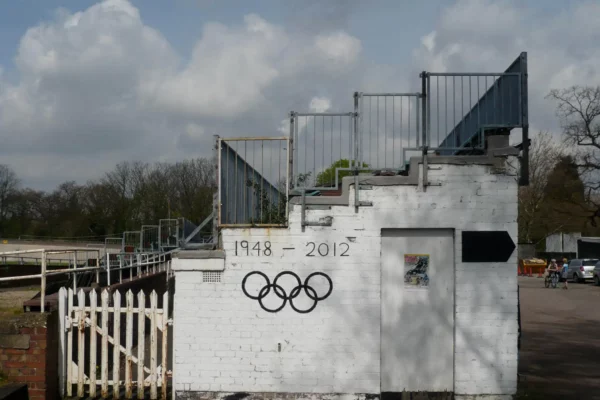Princess Diana lived next door in Kensington Palace, thousands flock to bustling Portobello market in search of past treasures just down the road, but this one has been left out of the guide books. The “London Cage”, a hidden WWII Guantanamo-esque compound on the most expensive street in London, Kensington Palace Gardens, was kept secret from the British public for nearly sixty years. Vice magazine has resurfaced an article written by Guardian journalist Ian Cobain in 2005, until which time, the existence of the Cage and what went on there, had been never been publicly uncovered.
Here is the low-down on the London Cage…
Where:
Number 6, 7 and 8 Kensington Palace Gardens in Kensington, London. Today these three 19th century mansions have since been occupied by the Russian embassy, the Sultan of Brunei and the owner of Chelsea football club, Roman Abramovich. Neighbouring residents at the time would have included the Rothschild family.
When: Between July 1940 and September 1948.
What:
Run by MI19, the section of the War Office, the London Cage existed first as an “interrogation centre” and then as the war crimes “investigation unit”. What went on behind these closed doors was in no way consistent with the Geneva convention or Britain’s post-war “no torture policy”. Prisoners of war were tortured there using various methods, including sleep deprivation, starvation, beatings, electric shock, induced hypothermia to name a few. The Cage had space for 60 prisoners at any time, and five interrogation rooms. It’s claimed local police were called in on occasion by neighboring residents to inquire about the mysterious cries of men coming from number 6, 7, and 8 Kensington Palace Gardens.
A page from Lt. Col Alexander Scotland’s memoirs, the head of the clandestine facility and denied all allegations of torture at the London Cage until his death in 1965.
Who:
As many as 3,573 enemy prisoner of war soldiers are believed to have been held at the London Cage between 1940 and 1948, including some of WWII’s most notorious Nazi SS soldiers, each responsible for the death of thousands, on the battlefield and of course at Nazi concentration camps. More than 1,000 POWs at the London Cage were persuaded to give statements about war crimes committed. Lt. Col Alexander Scotland was head of the clandestine facility and denied all allegations of torture at the London Cage until his death in 1965. During his post, he refused Red Cross inspections, claiming his guests were either civilians or criminals and therefore, not protected by the post-war Geneva convention. Around ten officers served under him at the Cage as well as a dozen interrogators and interpreters. In a detailed letter of complaint from one prisoner, SS captain Fritz Knoechlein, uncovered by the Guardian in the National Archives, the Cage POW notes that his interrogators “boasted that they were ‘much better’ than the ‘Gestapo in Alexanderplatz’.”
…
While Nazi SS officers who ended up at the Cage aren’t likely to be getting any sympathy from us, the story raises the question: at a time when our governments seem to be hiding more from us than ever before, what sort of secret “above-the-law” facilities might be hiding in our cities today?
Read the full investigation on the Guardian and see more photographs from the memoirs of Lt. Col Alexander Scotland at Vice magazine.


